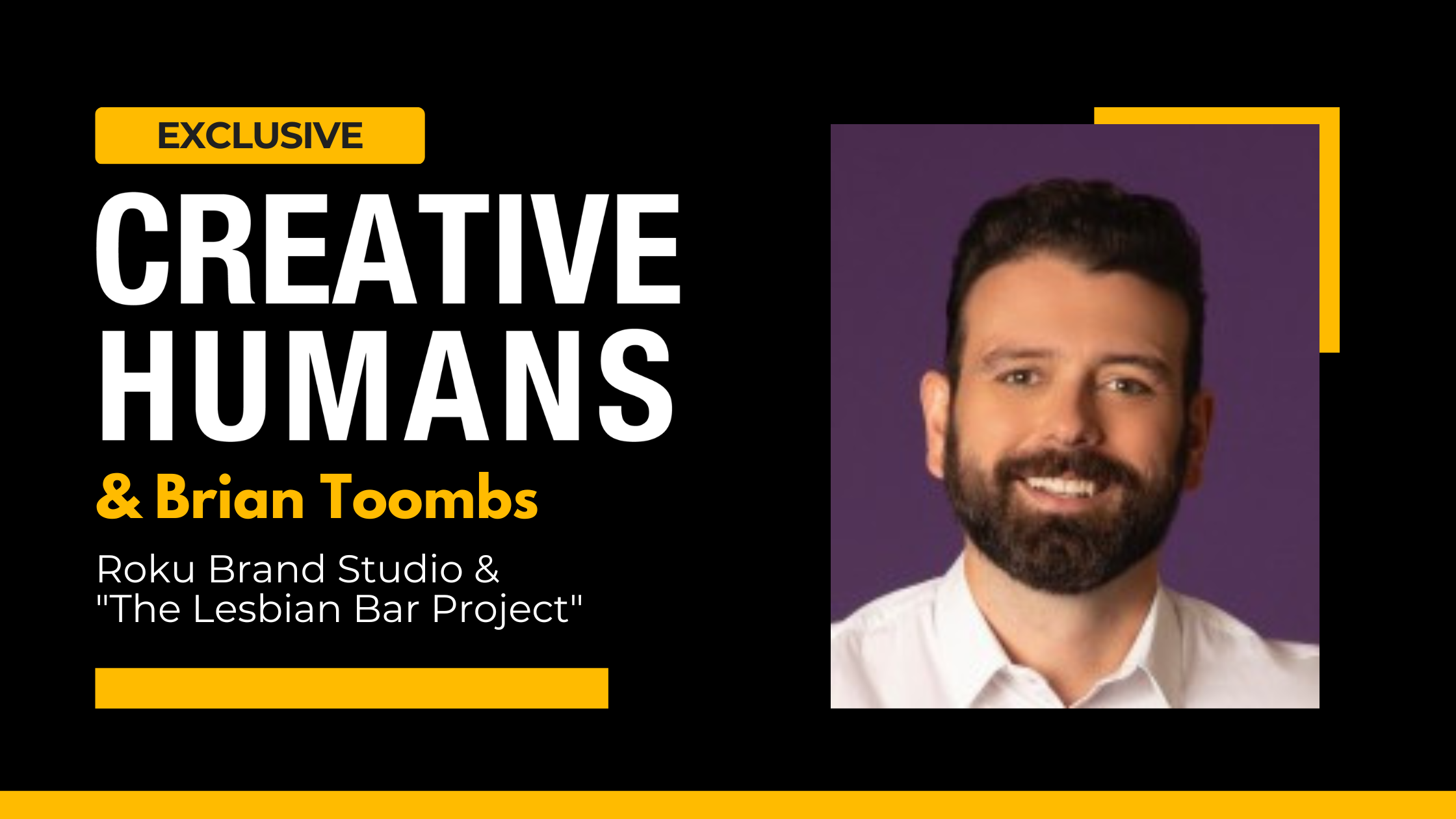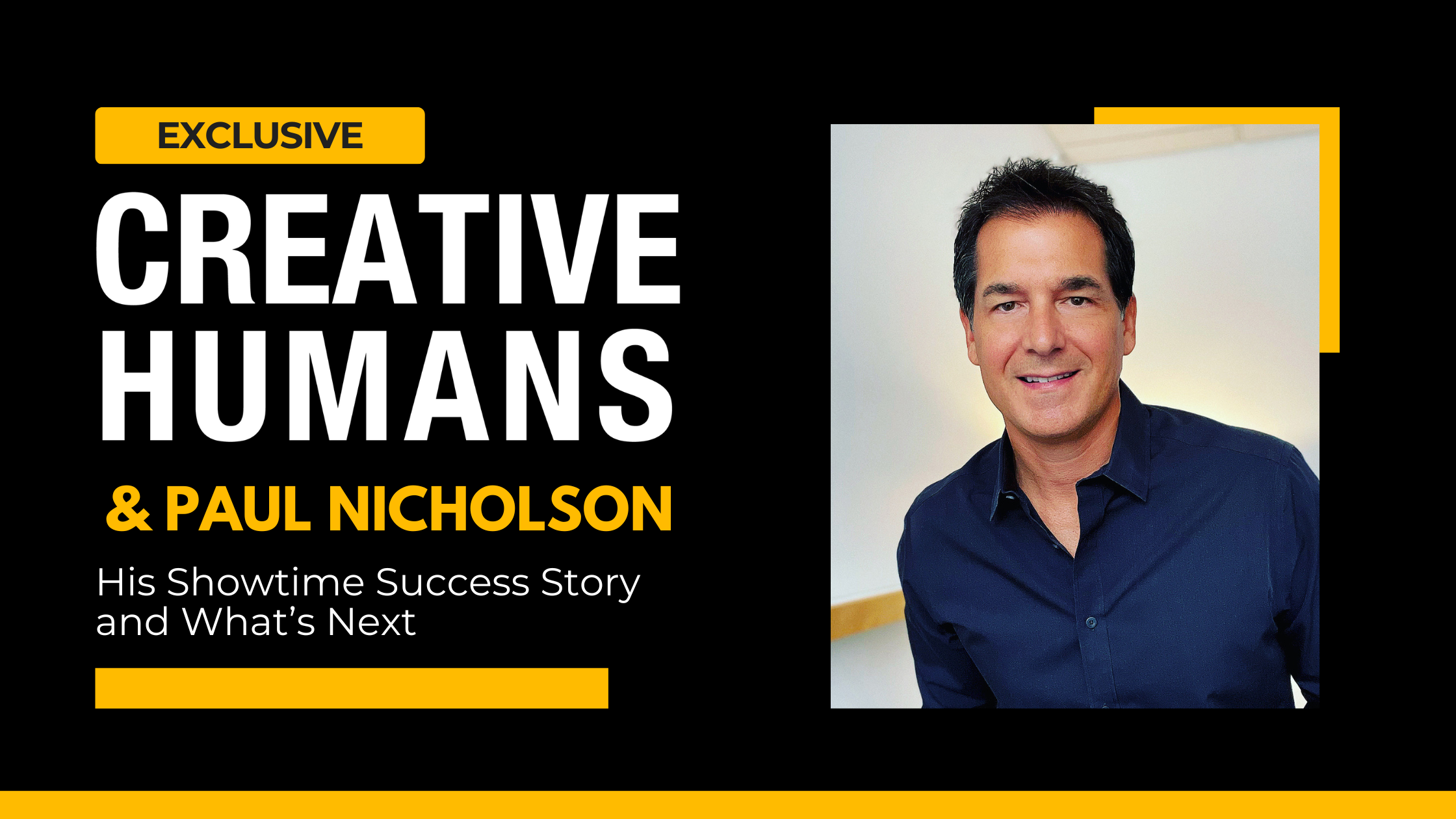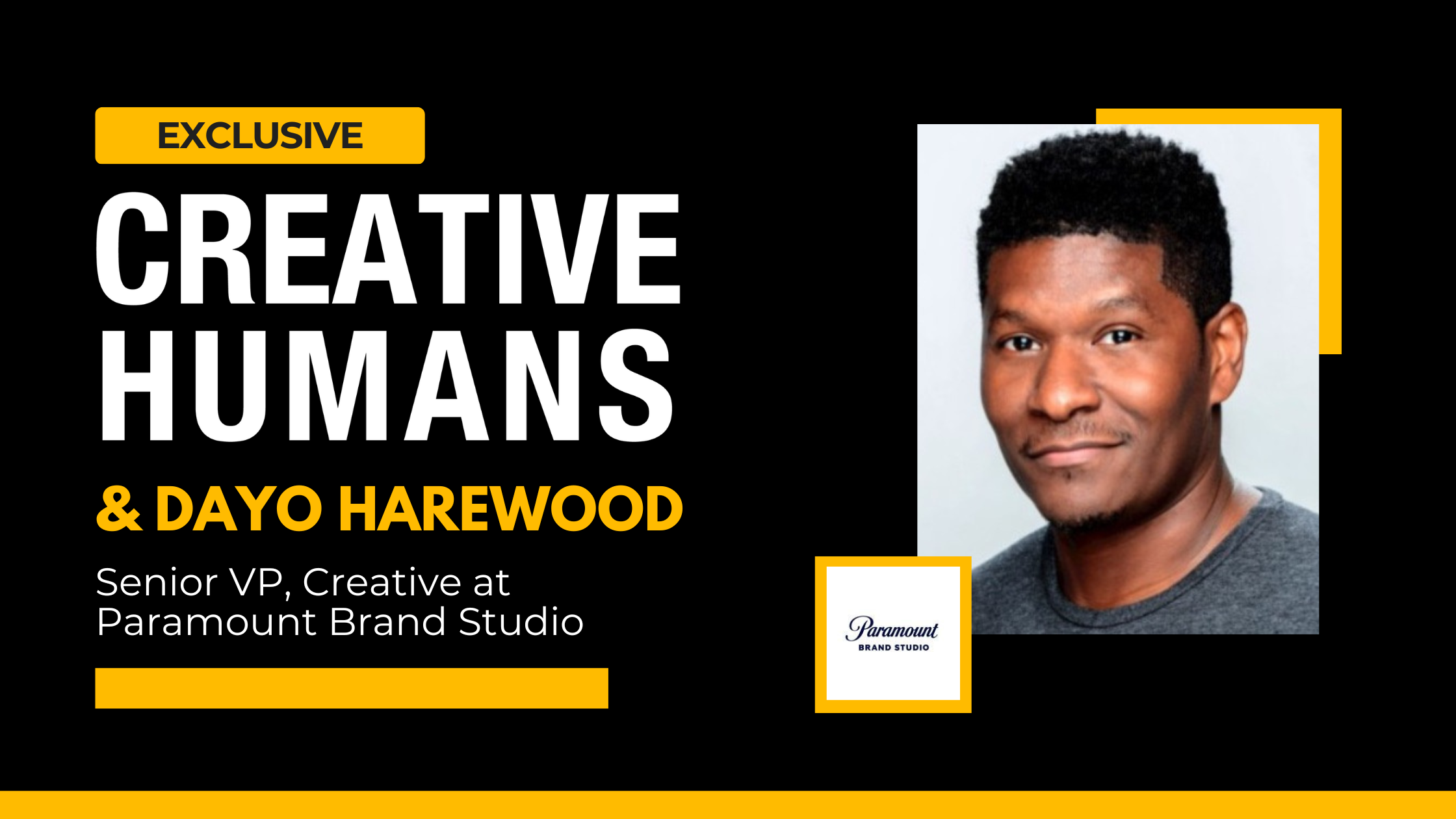January 15, 2021 / Creative Humans
Animated videos are great for demonstrating products, introducing new concepts, and sharing ideas with your audience. With the help of a professional animation studio, you can generate content that engages viewers in a way that other types of video content cannot. If you’re interested in creating an animated video, it’s important to understand the complex animated video production process. Here’s everything you need to know to help you plan your project and stay on track!
Creative Humans makes it easy to find and hire top video production studios and freelancers. Create a Free Account or Post a Job to get started.
Breaking Down the Animation Production Process
The animation production process is made up of several steps and requires a lot of time, effort, and planning. While it might seem intimidating upfront, with the right team in place, creating an effective animated video can be a seamless process.
From beginning to end, the animated video production process is made up of the following steps:
1. Concept
2. Script
3. Storyboard
4. Voice Over & Music
5. Animatic
6. Style
7. Styleframes & Characters
8. Production
9. Animation
To get a better idea of how it all comes together, let’s take a look at what each of these steps involves.

1. Concept
First is the concept phase. Before ironing out the details, it’s important to have a clear idea of your goals and what the end product should look like. In this stage, you’ll need to answer the following questions:
- What is the video about?
- What should the viewer learn?
- What art style should you use?
- How long should the video be?
- Where will this video be shared or distributed?
- Who is the target audience?
Answering questions like these before getting started will help you effectively plan out the entire project and create a final product that accurately represents your brand and business objectives.
2. Script
The script is a critical element of any animated video. Effective animated productions should be concise, comprehensive, and easily-digestible.
Be sure to decide the length of the video in advance, as this will determine the length of your script. For marketing purposes, one to two-minute videos tend to be the most effective. However, this may change depending on the purpose of your video. As a general rule of thumb, 140-150 words equates to about one minute of speaking time.
3. Storyboard
A storyboard is a series of sketches that visualize each individual scene of the video. This serves as a foundation for animators to refer to and build from when creating the video. The storyboard will also help to establish the style of the video.
This step often involves plenty of back and forth between the production company and the client. The storyboard will serve as the framework for the animated video, so it’s important to ensure that it best represents the client’s voice, brand, and vision before moving forward in the production process.

4. Voice Over & Music
Voice acting is an important aspect of animated video production. The right voice and delivery can go a long way in effectively delivering your message to your target audience. Typically, this involves listening to demo reels from several voice actors to find the right fit for your project. Once a voice actor is chosen and the script has been approved, the voice over process can be completed fairly quickly.
This is also when you should choose any music that you want to play during the video. Music should reflect the tone of the video and should be able to be played in the background without overshadowing the voice over.
*** CHANGES BEYOND THIS POINT CAN INCREASE COST ***
Requesting changes to the script or storyboard after the voice over and music step can increase the cost of animated videos, because your production company will need to re-hire and re-record the new script.
5. Animatic
Animatics are moving storyboards. While that may just sound like a video, it’s essentially the halfway point between a storyboard and a finalized animated video.
Animatics are generally used to establish timing and scene transitions. They are created by playing each scene from the storyboard in order and adjusting the timing of each scene to adjust the pacing along with the voice over.
Animatics are often played alongside a soundtrack to make it feel more like a finalized video and to help provide a better sense of what the final product will look like.
6. Style
What do you want your video to look like? Before beginning production, you need to establish an artistic direction for the video. First and foremost, the style should reflect your brand’s image. It’s also important to choose a style that appeals to your target audience.
Often, the best way to establish a specific style is to gather a collection of images from similar videos and brands for inspiration.

7. Style Frames & Characters
Style frames are fully fleshed out drawings of a few scenes from your video. These images aren’t animated but are incredibly detailed and are used to ensure you are happy with the video’s style before animation begins. Everything from colors to character design is established during this stage.
*** CHANGES BEYOND THIS POINT CAN INCREASE COST ***
Ensuring you are happy with the style frames and characters before proceeding with production can save a lot of time and money. It can be costly to rework styling and reanimate scenes if you decide you are unhappy with the style after production has begun.
8. Production Begins
Now that the video’s style has been established, scenes have been illustrated, and voice overs are completed, production can begin.
In this step of the animated video production process, everything created before this point is assembled. Designs are finalized, voice overs are mixed, background music and sound effects are created, etc. Assuming you’ve taken the time to carefully flesh out the design and concept for the video, production is often a very smooth process.
*** CHANGES BEYOND THIS POINT CAN INCREASE COST ***
At this stage, all assets should be finalized. Requesting changes to assets created in previous steps at this stage can greatly increase the cost of your project.
9. Animation
The final step in creating an animated video is, of course, the animation itself. This is when the script is brought to life through motion graphics and animation.
The animators will compile and put together all of the necessary assets, frame by frame. This process requires a lot of time and attention to detail as even the smallest mistakes can ruin the experience for the viewer.
Several revisions may be necessary before the video is finalized and are generally priced into the production company’s quote. Once you are happy with the final product, you can publish your video and share it with the world.

Hire Professional Animation Studios
We hope this guide to the animated video production process helps you plan out your next project. Animated videos are a great way to connect with your audience, establish brand identity, and generate leads. But creating an animated video can be a complicated process to take on alone. Experienced animation production professionals can help to streamline this process and allow you create a high-quality video that achieves your goals.
Creative Humans makes it easy to find and hire top video production studios and freelancers. Create a Free Account to get started.











